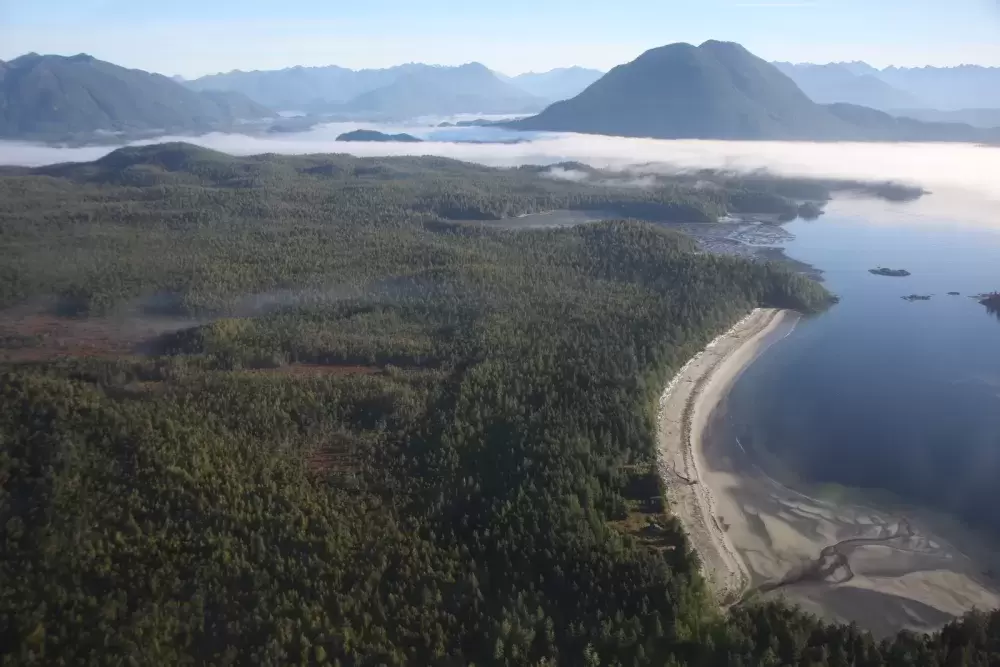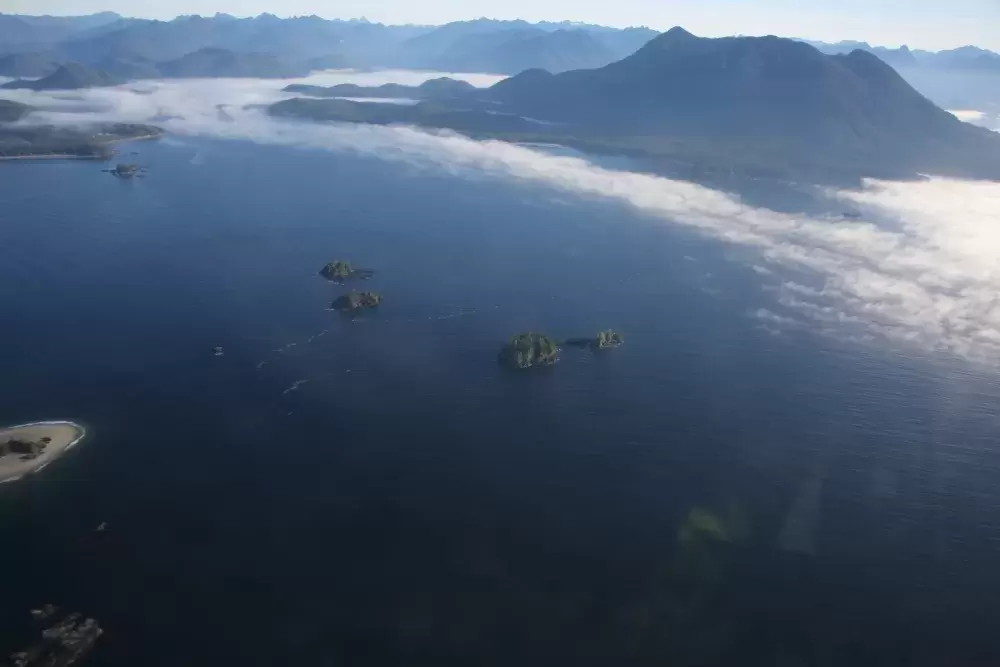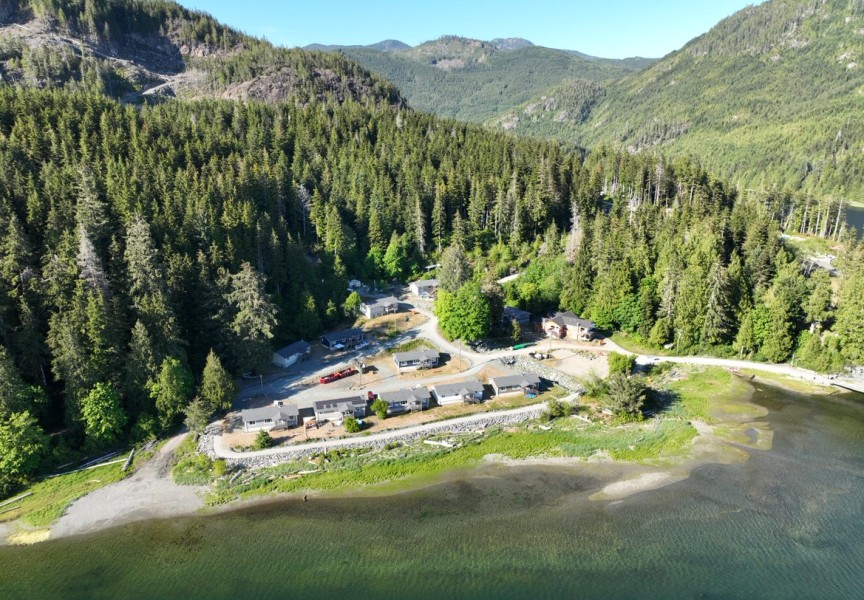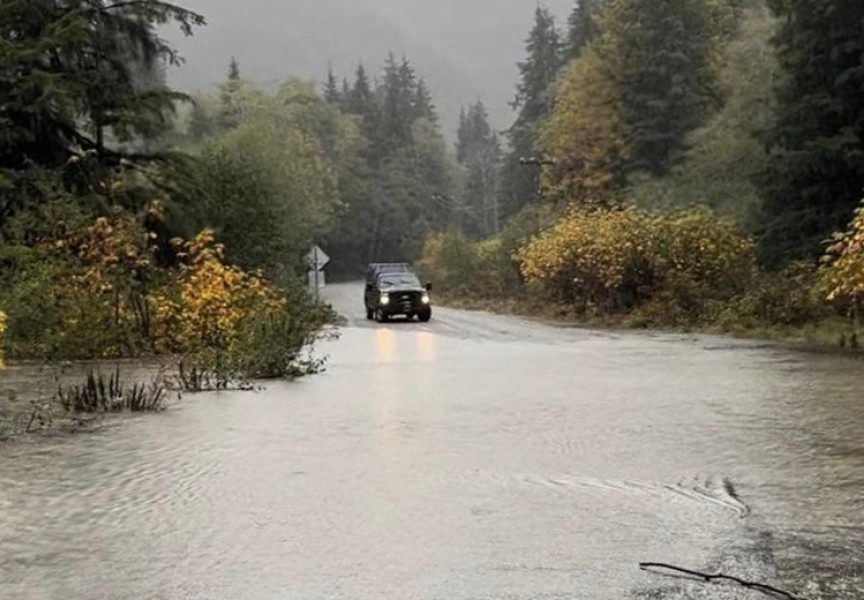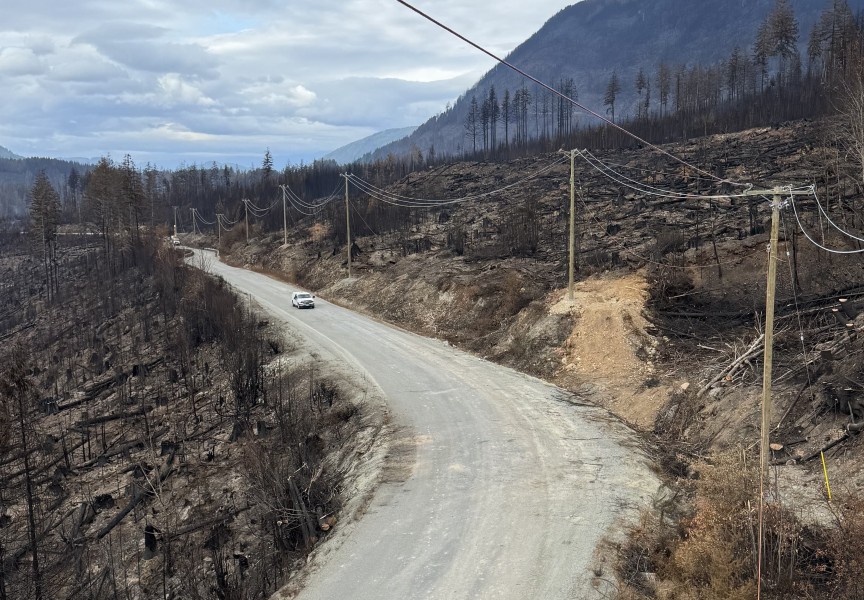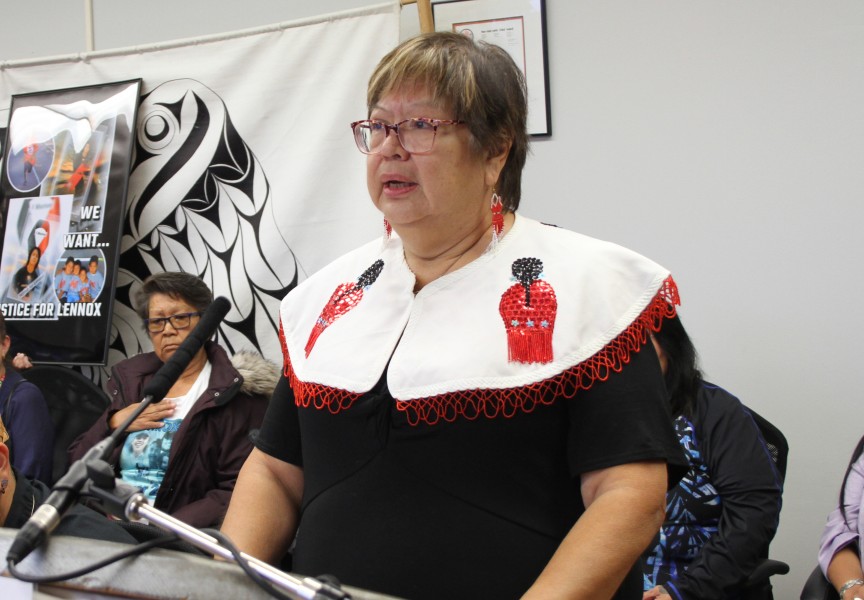A cable-laying ship will soon begin to install high-speed fibre optics infrastructure along B.C.’s coast.
Announced in 2018, the $45.4 million Connected Coast project is bringing high-speed internet to around 139 rural and remote coastal communities, including 48 Indigenous communities.
"The COVID-19 pandemic has shown us the importance of quality, high-speed internet to learn, do business, stay healthy, access services and keep in touch with loved ones," said Lisa Beare, Minister of Citizens' Services, in a release. "Through Connected Coast, people and businesses in remote and underserved communities along B.C.'s coast can stay connected and participate in economic opportunities - faster.”
By providing communities with high-speed internet and cellular connectivity, remote populations will have greater access to online health services, education and remote work opportunities.
Subsea fibre optics cable will run along the ocean floor for more than 3,400 kilometres, from Haida Gwaii to southern Vancouver Island.
The project is a partnership between CityWest, the federal government, the province, and the Strathcona Regional District (SRD).
“CityWest has and is following all provincial, federal and local government permitting and other requirements related to laying the cable,” the Ministry of Citizens' Services said. “The cable is laid on, or under, the seabed in an environmentally friendly manner and pulled up onto shore where the service is required.”
The fibre consists of glass strands that are roughly the thickness of a strand of human hair, which will be protected by stainless steel rods, said the ministry.
“A steel casing provides further protection around the cable at shore landings,” the ministry added.
It will be one of the longest coastal subsea networks in the world. Landing sites for the Connected Coast project include, Ka:’yu:’k't'h'/Che:k:tles7et'h', Mowachaht/Muchalaht, Nuchatlaht, Ahousaht, Tla-o-qui-aht, Huu-ay-aht, Hesquiaht, Toquaht and Uchucklesaht First Nations.
Huu-ay-aht First Nation Councillor Charlie Clappis said it’s coming at the right time.
The nation currently has many development projects underway which will see the region’s population double over the next couple of years, he said.
Currently, Clappis said he can tell when “everyone is surfing” the web because there is a lag in the network.
“It’s definitely an exciting upgrade,” he said. “Businesses are really needing the upgrade to keep up with their online booking systems.”
Bamfield and Anacla only got cell service hotspots last year, said Clappis.
While most people take using a cell phone for granted, Clappis said it has felt “strange” to be able to use his phone in the region that usually required WI-FI calling.
“It’s pretty neat to be able to meet these services in preparation for growth,” he said.
Once the project is complete, the Ministry of Citizens' Services said hundreds of gigabits of data will stream through the subsea fibre optics cable every second.
"The start of construction is an exciting milestone for the Connected Coast project," said Brad Unger, SRD board chair, in a release. "Rural and remote coastal communities will soon have the same digital opportunities as urban centres. We are steps closer to benefiting from improved connectivity.”
Since October 2020, $90 million has been committed to new connectivity projects across the province. It is part of the Connecting British Columbia program’s economic recovery intake.
Of the $45.4 million invested in Connected Coast, $12 million is coming from Indigenous Services Canada, $11.4 million will come from the province’s Connecting British Columbia program, and $22 million will be administered from the federal government’s Connect to Innovate program.
"Connecting people in rural and remote communities to the services and opportunities that high-speed internet brings, benefits us all," said Michele Babchuk, MLA for North Island, in a release.
On Oct. 21, the cable-laying ship, Canpac Valour, arrived in Campbell River where it's being equipped before beginning to lay cables near Haida Gwaii. The project is anticipated to be complete by March 2023.

